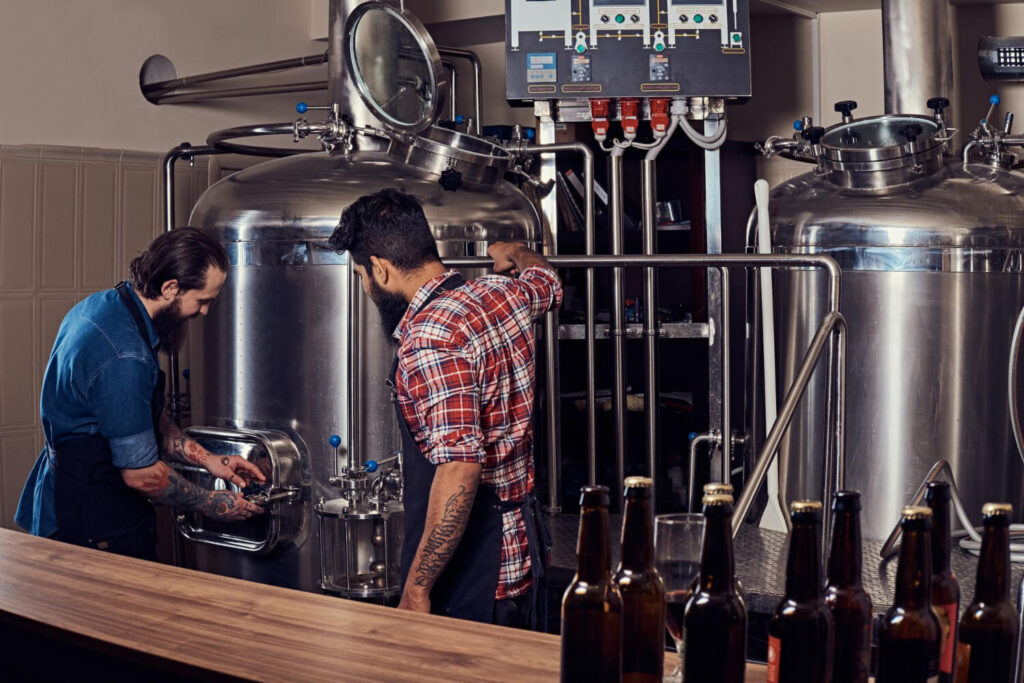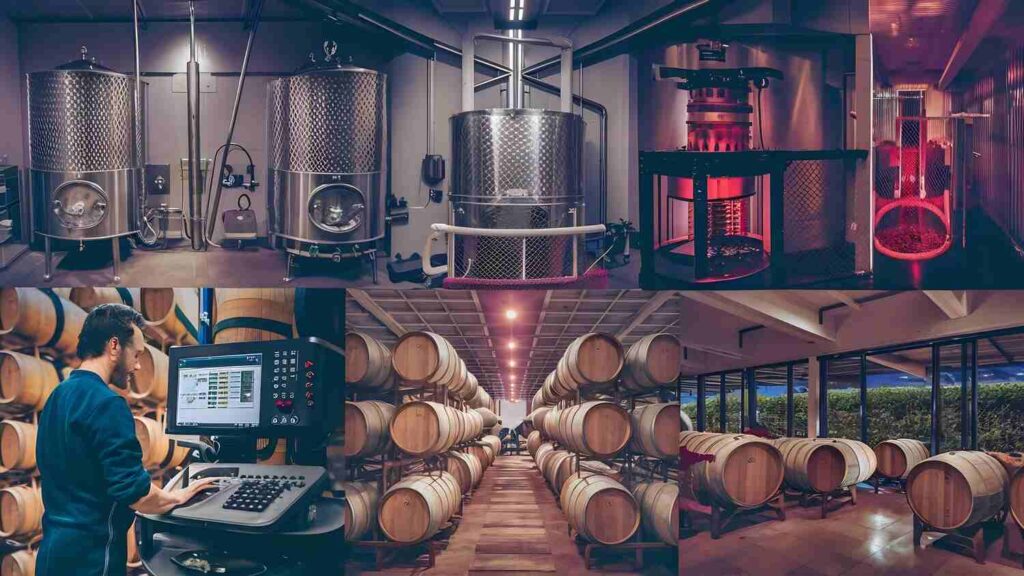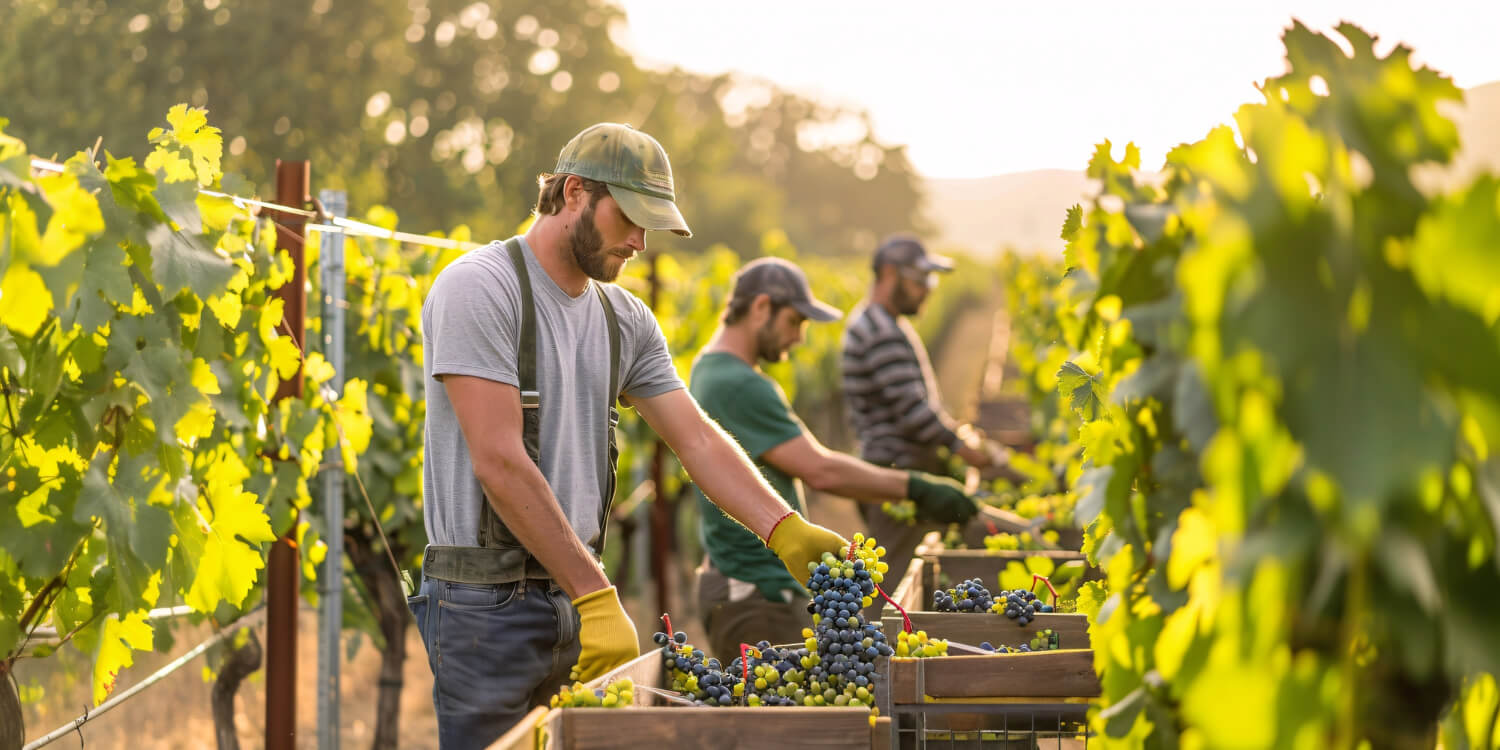At Protea Financial, we witness daily how the wine industry, while steeped in tradition, is also a beacon of innovation. The journey from grape to glass has always been a blend of art and science, but increasingly, technology is playing a transformative role.
We’re not just seeing advancements in the vineyard and cellar; we’re also seeing how smart technology investments can fundamentally improve a winery’s financial health, streamline operations, and ultimately, bolster the bottom line. Let’s explore how integrating specific forms of technology can revolutionize your winemaking process, with a keen eye on their financial benefits.
The Evolving Landscape of Winemaking Technology
The image of winemaking often conjures up serene vineyards and traditional cellars. While the essence remains, modern wineries are increasingly adopting sophisticated tools to enhance efficiency, quality, and sustainability.
These aren’t just gadgets; they’re strategic investments that impact every facet of the business, including the critical financial aspects. We encourage our clients to view technology not just as an operational expenditure, but as a capital improvement that yields significant returns.
Vineyard Technology: Precision from the Ground Up
The journey of wine begins in the vineyard, and technology is profoundly impacting this stage. While primarily focused on grape quality and yield, these advancements have direct financial implications.
Precision Viticulture (Sensors & Drones)
Imagine knowing the exact moisture levels, nutrient deficiencies, or pest infestations in specific blocks of your vineyard. Drones equipped with multispectral cameras and ground-based sensors provide this granular data.
This precision leads to optimized irrigation, targeted fertilization, and efficient pest management. By applying resources only where needed, you reduce costs associated with water, chemicals, and labor. This directly impacts your vineyard’s expense line, improving the P&L, and ensures a higher quality, more consistent crop, which commands better pricing for your wine, boosting revenue.

Automated Pruning/Harvesting Equipment
While not for every vineyard, advancements in robotic or highly automated pruning and harvesting machinery can significantly reduce manual labor costs, especially in larger operations.
Lower labor costs per acre or per ton harvested contribute directly to a reduced cost of goods sold (COGS). This positively impacts your gross profit margins on the P&L statement, enhancing overall profitability and freeing up cash that would otherwise be spent on fluctuating labor expenses.
Cellar Technology: Enhancing Quality, Consistency, and Efficiency
Once the grapes are harvested, technology in the cellar takes over to ensure quality control, consistency, and efficient production, all of which have a financial ripple effect.
Automated Fermentation Management Systems
These systems use sensors to continuously monitor temperature, sugar levels, and other vital parameters during fermentation. They can automatically adjust cooling or heating, and even initiate pump-overs or punch-downs.
Automation reduces the need for constant manual oversight, allowing winemakers to manage more tanks efficiently. It minimizes the risk of spoilage or stuck fermentations, preventing costly product loss. This ensures consistent quality, which supports premium pricing, and reduces labor expenses in the cellar, directly benefiting your P&L.
Cross-Flow Filtration & Reverse Osmosis
These advanced filtration technologies offer highly efficient and precise ways to stabilize wine, remove undesirable elements, or concentrate flavors. They significantly reduce wine loss compared to traditional filtration methods, directly increasing the volume of saleable wine.
They also reduce the use of expensive fining agents and labor associated with multiple filtration passes. Precision can also lead to higher quality, which protects revenue and market position.
Automated Bottling Lines
Modern bottling lines can handle washing, filling, corking/capping, labeling, and packaging with remarkable speed and precision.
The primary benefit here is a dramatic increase in bottling efficiency and speed, reducing labor costs per bottle. Minimizing spillage and label errors reduces waste, contributing to a lower COGS. This capital investment, while significant, offers substantial long-term operational cost savings.
Integrated Management Software: The Financial Control Tower
Beyond the vineyard and cellar, the most impactful technological investments for your winery’s bottom line often come in the form of integrated management software. These systems tie disparate operational data directly into your financial records, providing unparalleled visibility and control.
Winery Management Software (e.g., InnoVint)
These comprehensive winery management platforms are designed specifically for the wine industry. They track wine from grape receipt through fermentation, blending, aging, and bottling.
By providing real-time data on wine volume by vintage, block, or vessel, these systems enable incredibly accurate inventory costing. They track every input cost (grapes, yeast, barrels, labor) through the production process, allowing for precise calculation of Cost of Goods Sold (COGS).
This granular financial data is crucial for accurate P&L statements, informed pricing decisions, and optimizing inventory valuation on the balance sheet. Errors in inventory costing, common with manual systems, can lead to significant misstatements of profit, making robust software essential.
Enterprise Resource Planning (ERP) Systems (e.g., NetSuite)
For larger or rapidly growing wineries, a full ERP system integrates all core business processes, including financials, supply chain, inventory, and even CRM.
An ERP system provides a single source of truth for all financial and operational data. This eliminates data silos, reduces manual data entry across departments, and ensures consistency. For example, a sales order placed through the CRM module immediately impacts inventory levels, which in turn influences the financial ledger.
This seamless data flow ensures extremely accurate, real-time financial reporting, leading to superior cash flow management and more reliable P&L statements. This unified view helps in identifying inefficiencies and optimizing resource allocation across the entire organization, directly impacting profitability.
Direct-to-Consumer (DTC) and E-commerce Platforms (e.g., WineDirect, VineSpring, Vinoshipper)
These platforms are essential for managing online sales, wine clubs, and tasting room operations, and their financial integration is key.
While revenue-generating, their ability to integrate with accounting systems is vital. Automated sales data capture, compliance checks (Vinoshipper), and accurate billing for wine clubs (VineSpring, WineDirect) significantly reduce administrative time and errors in revenue recognition.
This ensures timely and accurate sales figures appear on your P&L, improving cash flow predictability and reducing reconciliation efforts. The data from these systems also feeds into inventory management, optimizing stock for sales channels and reducing carrying costs.

The Financial Returns of Strategic Technology Investment
The ultimate goal of embracing technology in winemaking is not just to make better wine, but to build a more sustainable and profitable business. The financial returns on these investments are multi-faceted:
- Improved Accuracy: Automated data capture and integrated systems dramatically reduce human error, leading to more reliable financial statements and forecasts.
- Enhanced Efficiency & Productivity: Less time spent on manual tasks means more time for strategic planning, customer engagement, and winemaking itself.
- Reduced Costs: Lower labor costs, reduced waste, optimized inventory, and minimized compliance penalties directly impact your bottom line.
- Better Decision-Making: Real-time data and comprehensive reporting empower you to make informed, data-driven decisions about pricing, production, and investment.
- Stronger Cash Flow: By streamlining operations, optimizing inventory, and accurately recognizing revenues and expenses, you gain better control and predictability over your cash flow.
Partnering with Protea Financial for Your Tech-Driven Future
At Protea Financial, we don’t just advise on accounting; we advise on smarter business operations. We understand the unique ecosystem of a winery and how technology plays a pivotal role in its financial health. We can help you:
- Assess your current technological landscape and identify areas for impactful automation.
- Evaluate different software solutions, ensuring they align with your operational needs and financial goals.
- Project the potential return on investment for technology upgrades.
- Integrate new systems seamlessly with your existing accounting and financial processes.
- Provide ongoing financial analysis to ensure your technology investments are yielding the expected benefits.
The journey from grape to glass is a testament to dedication and passion. By strategically incorporating technology, you can not only honor that tradition but also ensure your winery’s financial future is as robust and celebrated as the wines you produce. Contact Protea Financial and have our team be your guide in uncorking the full potential of technology for your winery’s bottom line.



